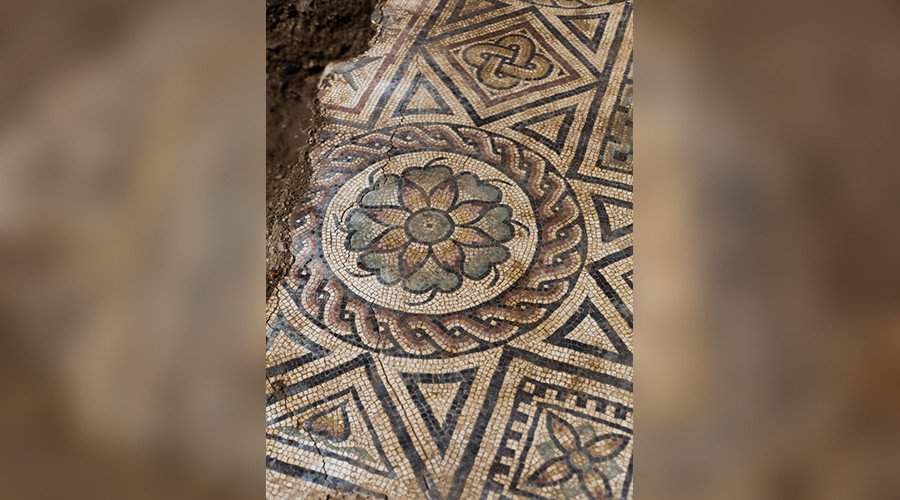‘Little Pompeii’: Abandoned ancient town a ‘microcosm of Roman Empire’ (VIDEO)
Archaeologists in France are hailing the ruins of a neighborhood nicknamed ‘Little Pompeii’ as a fine example of Ancient Roman society, after it was left frozen in time when its inhabitants fled a massive fire.
READ MORE: ‘Pompeii-like’ discovery made in Rome during metro construction (PHOTOS, VIDEO)
In an interview with RT.com, archaeologist Benjamin Clement explained how his team has been working since April to conserve the historical site before building begins nearby on a housing complex.
Several Ancient Roman residences are located at the site in the city of Vienne, which sits along the banks of the Rhone river. So far the researchers have uncovered lavish mosaics constructed from marble sourced as far away as Turkey, Greece and Tunisia.
According to Clement, the ruins were abandoned after a fire in the 3rd Century AD, leaving archaeologists with a treasure trove.
“It’s a really, really exciting discovery because the site is very well preserved and we’ve found so many different things. It’s like a concentration of all the Roman Empire in this little site,” Clement said.
“It is maybe the first time in France that we can really think about the upper, middle and lower class way of living [in the Roman Empire].”
The remains include a public trading area and residences. Furniture, currency and even Roman legion weapons have been found scattered throughout the 7,000-square-meter area.
“We discovered two large public places. The first one is like a huge marketplace, like a Roman mall, and the second one was maybe a huge building for teaching philosophy,” Clement explained.
“In the other part of the site we found two aristocratic houses.”
READ MORE: 2,000yo tombs discovered in ancient Egyptian cemetery (PHOTOS)
Interestingly, flooring used in the elaborate tiling came from protectorate regions of the empire, such as Carthage, thousands of miles away.

“Maybe the most important thing is that all the decoration is in marble. The two aristocratic houses were from different types of marble,” Clement added.
“It really showed us how the commercial organization of the empire was really functional and the connection [with other regions] really important,” he said.
The excavation is due to be completed in December this year.













